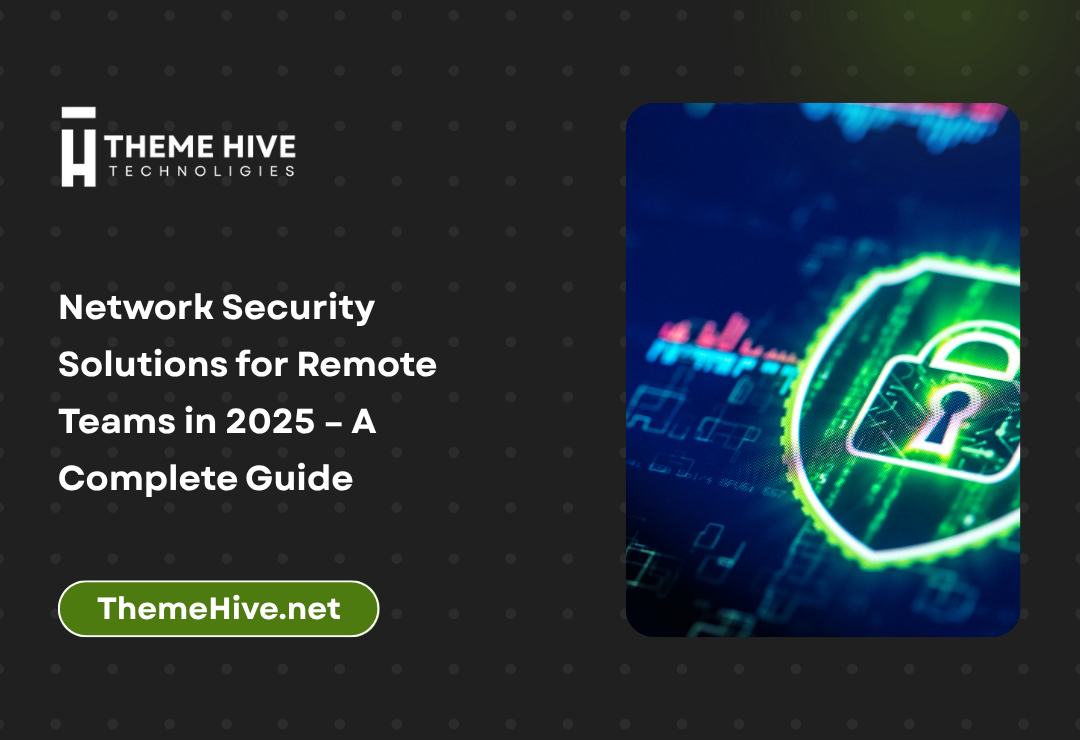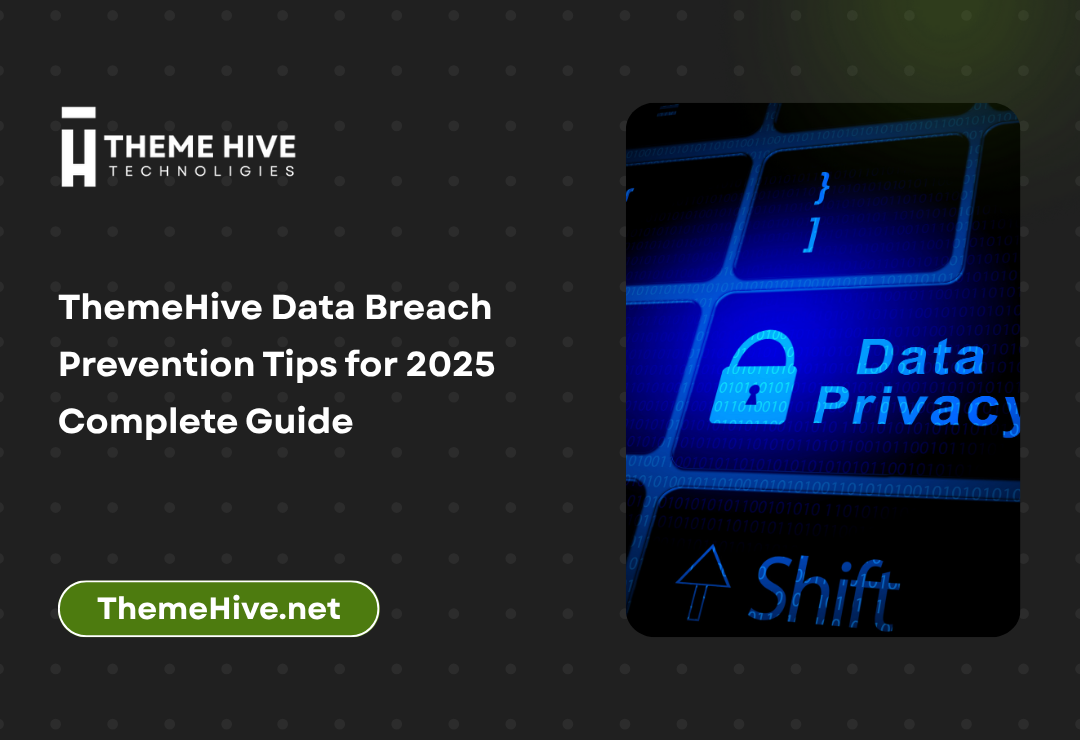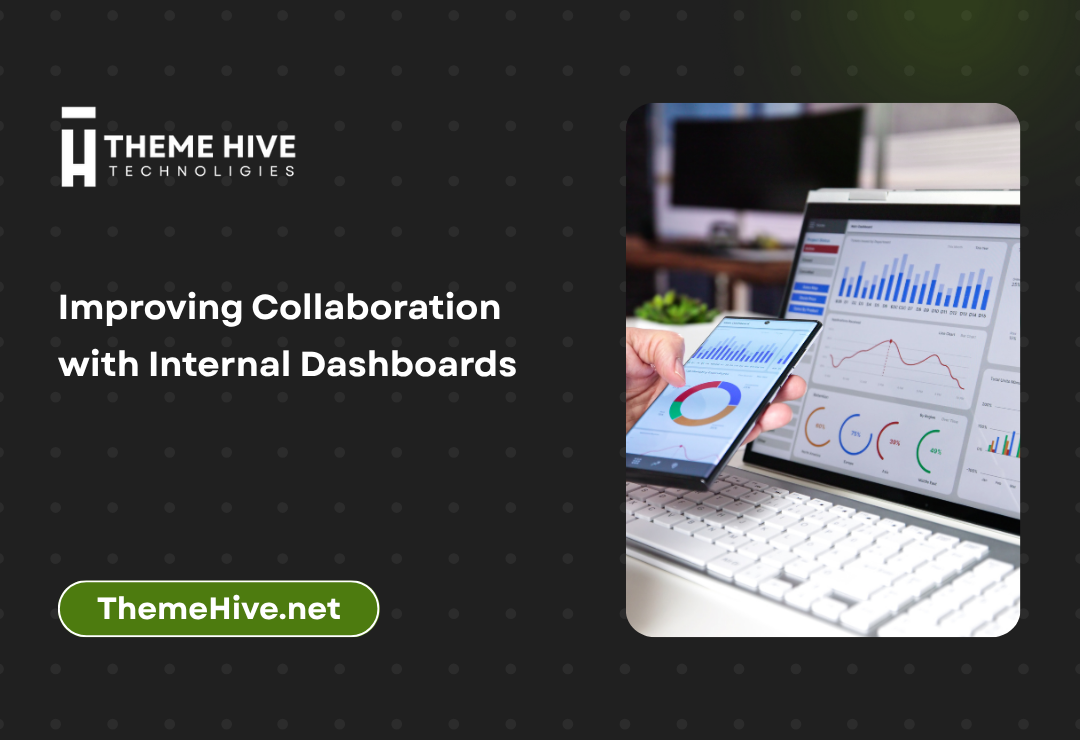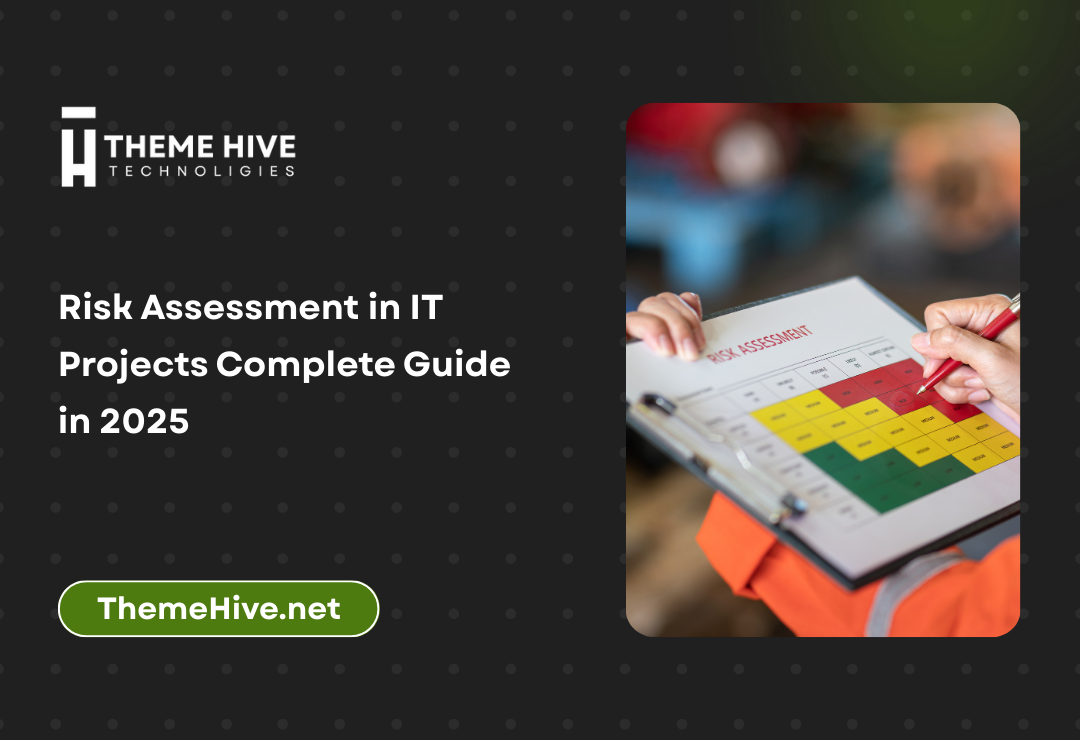In 2025, the rise of hybrid and remote work environments has brought forth a significant concern: network security solutions for remote teams. As employees work from diverse locations, maintaining the integrity and confidentiality of organizational data is more critical than ever. This article explores robust strategies to safeguard remote teams from cyber threats while boosting productivity and compliance.
Why Network Security Solutions for Remote Teams Matter
With employees accessing company data via home networks and personal devices, the attack surface for hackers has drastically expanded. Remote working introduces threats such as:
- Unsecured Wi-Fi connections
- Phishing attacks
- Use of outdated personal devices
- Lack of IT supervision
- Insufficient access controls
Without proper network security solutions for remote teams, companies risk data breaches, financial losses, and compliance violations.
Core Elements of Network Security for Remote Workforces
To build a resilient security strategy for distributed teams, companies must focus on these foundational elements:
1. Secure Access and Identity Management
- Multi-Factor Authentication (MFA): Requires users to validate their identity with multiple factors like password + OTP.
- Single Sign-On (SSO): Simplifies user authentication and reduces password fatigue.
- Identity and Access Management (IAM): Grants role-based access to data and apps.
Learn how Theme Hive Technologies helps organizations manage identity securely on our Services page.
2. Virtual Private Networks (VPNs)
VPNs encrypt the traffic between remote workers and the company’s internal network. Choose business-grade VPNs with:
- AES-256 encryption
- No-logs policy
- Fast, global servers
Examples include Cisco AnyConnect, NordLayer, and Perimeter 81.
3. Zero Trust Architecture (ZTA)
This model assumes no device or user is trustworthy until proven. Core principles include:
- Continuous authentication
- Micro-segmentation of networks
- Least privilege access
Explore ZTA insights via CSO Online.
4. Endpoint Security and Monitoring
Remote devices are vulnerable. Endpoint solutions like CrowdStrike or Bitdefender offer:
- Anti-virus and malware protection
- Device compliance checks
- Remote wipe capabilities
Communication Security: Protecting Remote Conversations
Tools with End-to-End Encryption
Use collaboration tools that offer secure communication, such as:
- Signal or WhatsApp for mobile messaging
- Zoom and Microsoft Teams with E2E encryption
- ProtonMail for email encryption
Avoiding Phishing and Social Engineering
- Train employees to spot suspicious links
- Implement email filtering tools like Proofpoint
- Use Domain-based Message Authentication Reporting & Conformance (DMARC)
Check out the News & Articles section of Theme Hive Technologies for cybersecurity tips.
Best Practices for Secure Remote Work Environments
1. Develop a Remote Work Security Policy
- Include guidelines for device usage, password hygiene, and reporting incidents
- Mandate VPN usage and 2FA
2. Employee Training and Awareness
Cybersecurity is everyone’s responsibility. Conduct regular training sessions on:
- How to identify phishing attacks
- Device encryption
- Safe file-sharing practices
3. Regular Security Audits and Penetration Testing
- Identify and fix vulnerabilities in your remote work infrastructure
- Tools like Nessus and Qualys can be integrated
4. Cloud Security Solutions
Cloud platforms like AWS, Google Cloud, and Microsoft Azure offer integrated security tools for:
- Monitoring activity logs
- Managing permissions
- Automatic threat detection
Choosing the Right Tools for Network Security Solutions for Remote Teams
Recommended Software Stack
| Function | Tool Suggestions |
|---|---|
| Secure File Sharing | Dropbox Business, Tresorit |
| Password Management | 1Password, LastPass |
| Threat Detection & Response | CrowdStrike, SentinelOne |
| Cloud Access Security | Netskope, Bitglass |
Evaluating Vendors
When selecting vendors, consider:
- Compliance with GDPR, HIPAA, etc.
- Scalability with your team size
- Integration with your existing stack
Explore Theme Hive Technologies About page to understand our approach to vendor integration.
Compliance and Legal Considerations
Regulatory compliance is essential for businesses with remote teams:
- GDPR: Ensure all customer data is protected across borders
- CCPA: Transparency in data collection and sharing
- HIPAA: Healthcare data must be securely stored and accessed
Use policy templates from the National Institute of Standards and Technology (NIST) to stay compliant.
Monitoring and Incident Response
Develop a remote-focused incident response plan:
- Monitor logs using SIEM tools like Splunk
- Set up automated alerts for anomalies
- Have a rapid escalation protocol
The Role of AI and Automation in Remote Security
- AI-driven tools detect abnormal behavior quickly
- Automated patch management reduces vulnerabilities
- Chatbots for employee queries on cyber hygiene
Learn how digital agencies can future-proof their infrastructure on our Contact page.
Final Thoughts
Implementing comprehensive network security solutions for remote teams is no longer optional—it’s a business imperative in 2025. With a mix of cutting-edge tools, well-defined policies, employee awareness, and ongoing monitoring, businesses can keep their distributed workforce safe and productive.
For tailored digital transformation solutions, visit Theme Hive Technologies and explore how we help secure businesses globally.






